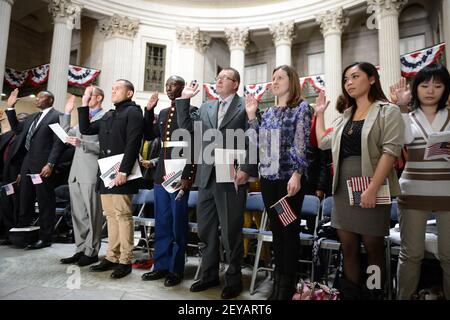

8 In other words, the designated leader of the winning political party and/or coalition is nominated Prime Minister by the President of the Republic. However, as a result of changes to the electoral system introduced in 1993, the institutional praxis has been such that the Prime Minister is nominated by the President of the Republic in the formal way that I have just summarised, yet following prior and explicit indication by the party and/or coalition of parties competing in the national elections. General elections are held every five years or ensuing to the dissolution of the Parliament by the President of the Republic, due to the government’s loss of support by a vote of no confidence in either house. 6 Parliamentary groups are also formed in the two houses following general elections and each of them has its own official representative. Until the early 1990s, the Prime Minister was nominated in consultation with the Presidents of the two houses of Parliament, following the advice of leading representatives thereof.

The Prime Minister actually chooses the Ministers of his cabinet, although all of them are formally nominated by the President of the Republic. The 1948 Constitution established a bicameral Parliament comprising a Chamber of Deputies and a Senate, a separate judiciary, and an executive cabinet or Council of Ministers presided by the President of the Council, i.e. The outcome of this Assembly’s activity was the 1948 national Constitution that, though variously amended later on several occasions, is still in force in Italy today. 3 On the same day, the Italian citizens were called to vote for a Constitutional Assembly that should produce a new constitutional charter. 12.717.923 Italian citizens opted for the republic, against 10.719.284 Italian citizens wishing to retain the monarchy. 2įormally, the advent of the republic in 1946 was the result of a referendum concerning the form of State desired by the Italian population. That military choice proved disastrous for the nation, then on the verge of economic and diplomatic bankruptcy, torn by civil warfare and, between 19, occupied in the North by German troops and in the South by Allied troops.

Politically, the advent of the republic in 1946 was the outcome of the royal family’s support for Mussolini’s fascist dictatorship (1922-1943) and Italy’s consequent entry in WWII. It was only in 1946 that the republican form of government replaced the monarchic one, despite Italy’s long familiarity with republican experiments, including Cato’s and Cicero’s Rome, the seafaring Genoese and Venetian states of the Middle Ages, and the Napoleonic Cisalpine and Cispadan republics of Northern Italy. From 1861 to the end of World War II (WWII) the head of the Italian State was a King of the Savoy dynasty, ruling over a constitutional monarchy grounded on the Statuto albertino, the constitution the King of Sardinia granted to his subjects in 1848.


 0 kommentar(er)
0 kommentar(er)
